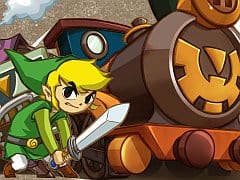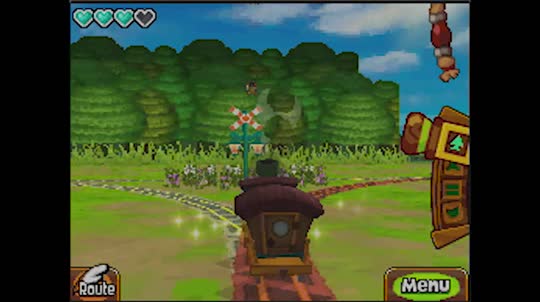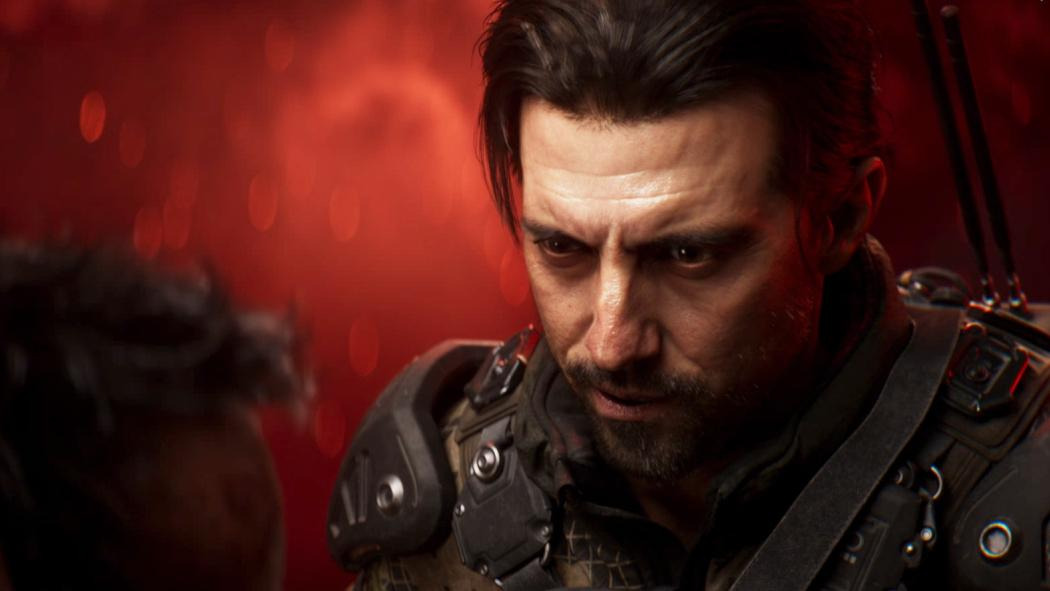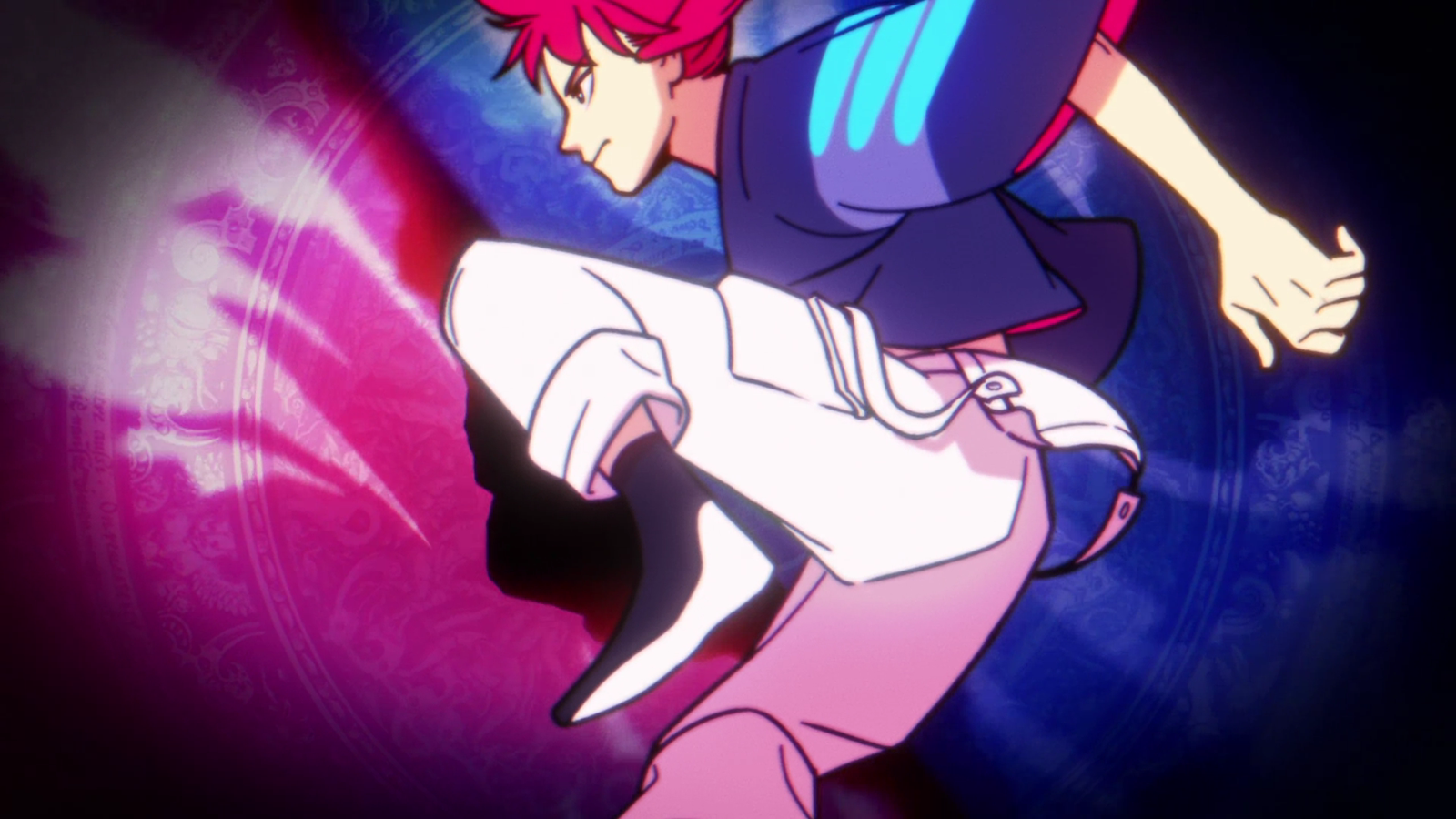You can trust VideoGamer. Our team of gaming experts spend hours testing and reviewing the latest games, to ensure you're reading the most comprehensive guide possible. Rest assured, all imagery and advice is unique and original. Check out how we test and review games here
I am on the horns of a dilemma. One horn is familiarity, the other is execution. The Legend of Zelda: Spirit Tracks, Nintendo’s latest DS Zelda game, is both instantly familiar and wonderfully executed. Do we, then, criticise it for a lack of innovation, or blindly lavish praise upon it because it’s just so damn good?
There can be no doubt: Spirit Tracks is better than Phantom Hourglass, its 2007 predecessor. The controls have been refined and many of PH’s annoyances have been eradicated. And yet there lingers a feeling of déjà vu. Adventurous Links have battled through these dungeons, travelled these lands and solved these puzzles many times before.
Spirit Tracks, which continues the “Wind Waker timeline”, is set roughly a century after PH. This time Link’s an engineer, and the game begins with the expressive elf boy becoming a fully fledged train driver. At the initiation ceremony, Princess Zelda slips him a note: the spirit tracks, which run across Hyrule, are disappearing. She wants Link to take her to the mysterious Tower of Spirits, from which all the tracks run, to investigate.
On the way, Link and Zelda are attacked by an agent of the Demon King, an evil being trapped in the Tower and shackled by the spirit tracks. Zelda’s body is kidnapped for use as the Demon King’s vessel, but her spirit remains with Link. Together, the two work to restore the tracks and prevent the Demon King from escaping his magical prison.
This somewhat well-worn set-up facilitates the classic Zelda adventure structure: Hyrule is divided up into four sections, each one with a Temple that must be defeated before triumphantly returning to the Tower. Each temple is home to a huge boss and a weapon, some new (blow into the mic to use the Whirlwind; the Snake Whip replaces Wind Waker’s grappling hook), some old (the boomerang works as before, as does the bow and arrow) that allow further exploration of Hyrule’s nooks and crannies. Beat boss with said new weapon, increase number of hearts with life container, and return to the Tower to learn where to go next. It’s a tried and trusted mechanic, one that has served the Zelda series well for years and influenced countless adventure games, but it is nothing new.
The plot, however, does allow for some interesting new gameplay mechanics. With Zelda floating about like a ghost, she accompanies Link on his adventure for the first time. In the Tower levels she can possess heavily armoured Phantoms, which can then be controlled in tandem with Link to solve increasingly complex puzzles. This unique “single-player co-op dungeon controlling” is perhaps Spirit Tracks’ greatest achievement: the Tower’s floors are varied, interesting and packed with clever puzzles, and the co-op controls are intuitive and only occasionally frustrating. And the banter between the self-conscious Princess and determined Link is some of the best dialogue seen in a Zelda game.
Spirit Tracks’ train-driving is the headline new feature, despite it being nowhere near as interesting as the Link and Zelda co-op puzzle-solving. It replaces PH’s divisive sailing, which bored as many as it pleased. Here, Link drives a Spirit Train along tracks that allow travel from the Tower of Spirits to the four temples, via villages and other oddities. It’s a rigid method of travel: you can’t deviate from the tracks, but you can plot your route before you set off and manually turn left and right at junctions as you chug towards your destination.
Spirit Tracks’ train driving is better than PH’s sailing – that much is obvious. It’s a mini-game in of itself, one that requires constant attention. Occasionally monsters stray onto the track ahead – a train whistle, activated with a downward stroke of the stylus, scares them off. The gear box lets you switch from high speed to drive to break to reverse, and must be used to stop at station platforms. When you get the cannon, there are monsters to shoot (by tapping on them), and, later, fussy passengers who have strict driving requirements, to transport. Patrolling enemy trains need to be avoided like Pac-Man avoiding monsters and you need to keep an eye out for rabbits that can be caught and brought back to a farm for a reward. But there lingers a desire for the days of old, when the plains of Hyrule could be explored on horseback with sword raised and bow drawn. Perhaps the DS isn’t capable of such a thing. Perhaps it is. Whatever the truth, trains and boats don’t cut it.
Another failed attempt at breathing new life into the series literally requires breath to work. The magical pan flute works by sliding pipes left and right with the stylus to change the note while blowing into the microphone to play. With it, stones can be “awoken”, treasure revealed and beacons activated. It’s an obvious riff on Ocarina of Time’s ocarina, which was used in a similar fashion. Perhaps that’s why the pan flute feels like a tired mechanic – we’ve been here before, playing music to solve puzzles and progress the story. And, let’s be honest, blowing into your DS in public is embarrassing – Spirit Tracks is a dangerous commute-killer.
Elsewhere, tweaks and improvements play like direct answers to PH’s critics. The game, like PH, is presented in a slightly off top down perspective, and can be controlled entirely with the stylus. But this time Link isn’t as prone to frustrating fumbling as before. Forward rolls (quickly touch the screen twice) are more accurate, accidental jumps off of platforms into life-sapping pits occur less frequently, and the Whirling Blade attack (draw a circle around Link) isn’t half as fiddly as before.
PH’s central dungeon, one that had to be returned to and “re-beat” over and over again, was perhaps its most hated feature. The mechanic returns in Spirit Tracks, but Nintendo has clearly learned its lesson. The Tower of Spirits is made up of a number of floors, but once each is “beat”, it can be completely by-passed. So, rather than feel repetitive, the Tower feels fresh every time you return having completed a temple.
The graphics, again in the Wind Waker cel-shaded style, impress. The cutscenes evoke childlike wonderment as potently as any in the series, and, while the villages feel barren, Hyrule’s many characters do a great job of filling them with personality. The dialogue-less Link is as expressive as before, his eyes and mouth doing a better job of conveying emotion than a million soulless muscle-bound marines. Zelda, though, steals the show. Her complete mental breakdown at losing her body will go down as one of the most memorable moments in The Legend of Zelda history.
On the multiplayer side of things, Nintendo has made the curious decision of dropping online play in favour of wireless multi-card and single-card download play. This seems like a step back, given PH had online play, and quite a few people liked it. Spirit Tracks’ Battle Mode is like the adventure mode, except the Links don’t have a sword. Instead, the aim is to collect Force Gems scattered around the arena. The player with the most when the time runs out is the winner. It’s basic, and won’t keep anyone’s attention for long. More useful, perhaps, is the ability to trade treasure items with other players. But that, again, relies on you knowing others who are playing the game and within wireless distance.
So, you can see why after completing Spirit Tracks’ lengthy adventure (it took me just over 20 hours) I am perched on the horns of a dilemma. So much of what I’ve played I feel as if I’ve played before, not only in Phantom Hourglass, but in the many Zelda games gone by. New features are a mixed bag – while the Link and Zelda co-op dungeon crawling is great, the pan flute-playing and train driving are turgid. Worst of all, they feel tired – evidence, perhaps, of a development team struggling to innovate in one of the most treasured game series of all time. But, overall, Spirit Tracks is a captivating experience, delivered with the series’ trademark polish and top notch production value. It betters Phantom Hourglass in every way, and is an essential purchase for fans.
Take a step back, however, distancing yourself from blinding fanboyism, and Zelda starts to show signs of ageing. The series needs to take a significant step forward, innovating not only in terms of art style, but structure and gameplay, while, obviously, retaining what makes it great. This, we can only hope, will be what greets us when the next Zelda game, on Wii, makes an appearance. Until that sure to be momentous occasion, Spirit Tracks will do its job of being a superb, albeit familiar, diversion.
The origin of the phrase “horns of a dilemma” makes it a fitting one to use: it is to describe a decision that, no matter which choice is made, results in running on to the sharp point of a horn. This is my problem: loving Spirit Tracks means excusing failings games in other less-loved series might not get away with. Criticising it, on the other hand, does a disservice to how wonderful it truly is. Which horn do I run into? The answer is: both.
The Legend of Zelda: Spirit Tracks
- Platform(s): Nintendo DS, Wii U
- Genre(s): Action, Adventure, RPG

/https://oimg.videogamer.com/images/d2df/the_legend_of_zelda_spirit_tracks_16.jpg)
/https://oimg.videogamer.com/images/8f35/the_legend_of_zelda_spirit_tracks_10.jpg)
/https://oimg.videogamer.com/images/0591/the_legend_of_zelda_spirit_tracks_8.jpg)






